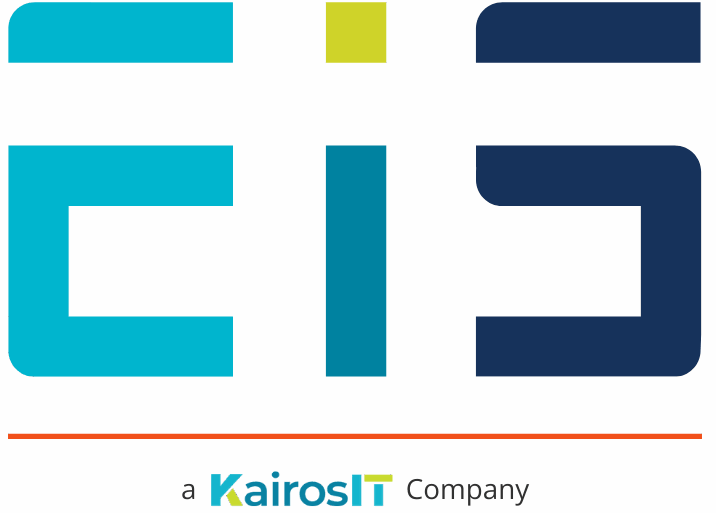
It feels like these first two decades of the 21st century have been disaster-ridden. Between the COVID-19 pandemic, a plethora of natural disasters and some downright devastating cybersecurity attacks, it can sometimes feel like our world (and the businesses operating within it) are in a constant state of stress. That is why disaster planning has never been more important for small businesses.
If it feels like your organization has let backup and disaster recovery planning languish and that it may be too late, just consider this old Chinese adage:
“The best time to plant a tree was 20 years ago. The next-best time is today.”
Wise words. Especially in the context of disaster planning, where it is never too late to get your organizational affairs in order. Just consider the following statistics that paint a grim picture:
- 40% – 60% of small companies will not survive a major disaster.
- 93% of businesses that couldn’t recover their data within 10 days of a disaster filed for bankruptcy within a year.
- Human error is the leading cause of security and data breaches, which are responsible for over half of disaster incidents.
- Three-quarters of small businesses do not have a disaster recovery plan in place.
When disaster strikes, you’ll be grateful you planted that tree. Now.
What Happens When Organizations Don’t Have a Disaster Plan?
When small businesses don’t have a contingency plan in place for worst-case scenarios, they can find themselves buried deep in trouble. Without the safety net of a recovery strategy, natural disasters, cyberattacks, or system malfunctions can spell disaster and end up costing an enormous amount of time, money and resources. From canceled orders to technology outages, unplanned-for situations can leave business owners scrambling.
In addition, more often than not, lack of disaster planning results in hurried, ad-hoc damage control that doesn’t quite do the job … and that costs an arm and a leg. While disasters can have devastating effects, planning ahead is the best defense against them, allowing companies to secure their past, present and future investments.
Schedule your no-obligation disaster recovery consultation today
Must-haves for Your Organizational Disaster Plan
Without adequate disaster preparedness plans in place, even a temporary disruption can have serious long-term repercussions, leading to the potential ruin of a company. Here are 4 elements that are must-haves in every organizational disaster recovery plan.
1. A Detailed IT Inventory
Every organization’s disaster recovery plan must include an up-to-date and organized IT inventory, as this valuable asset can prove crucial when facing any type of catastrophic loss. Without it, organizations may lose access to long-term data storage and risk losing countless assets that help businesses function on a daily basis. An IT inventory not only keeps track of and allows for a swift recovery of hardware, software, networks and other computer assets, but also safeguards against financial losses from unexpected downtime.
2. Robust Back-up Processes
When it comes to disaster recovery, having a robust backup plan is essential. By utilizing secure and reliable storage processes, organizations can ensure their data is safe from damage or destruction. Not only does this provide peace of mind, but it also eliminates the need for costly and time-consuming recovery procedures in the event of an emergency. With comprehensive backup solutions in place, companies can protect themselves against potential disasters while avoiding any related downtime that could be incredibly damaging to their business and success.
3. A Tailored Communications Plan
When disaster strikes, panic may follow shortly. That’s why timely and regular communication is so vital during this period. A well-constructed communications plan can help affected employees, customers and other key stakeholders know what to do and provide them with the information they need. It can also be used to manage how people perceive the response from senior management so that the organization maintains control over its reputation during the recovery process.
4. A Business Continuity Strategy
Building a business continuity strategy into an organization’s disaster recovery plan is the best way to protect against long-term operational disruptions and economic loss. While disaster recovery plans are designed solely to return businesses to their pre-disaster state, business continuity plans are focused on maintaining critical processes during the disruption, allowing companies to minimize losses and stay connected with customers — regardless of what “the worst case” may be. Taking the time to craft a solid business continuity plan ahead of time can save organizations both money and reputational damage down the line.
In need of cybersecurity services? Read this!
The Most Important Disaster Plan Element of All
96% of organizations with a disaster recovery plan in place will fully recover their operations. Although investing in contingency planning requires effort now, it will ultimately result in more peace of mind and financial security — something that every small business owner could use right now.
EIS is the leading cybersecurity provider and backup and disaster recovery specialist to help provide that peace of mind. We view our relationships with our clients as a partnership and are committed to taking care of your digital environment so you can focus on what it is that you do best. You will be secure in the knowledge that in the event of a disaster, you are in the best shape possible to ensure a speedy recovery. Make 2023 the year your organization plants its disaster recovery plan tree.
